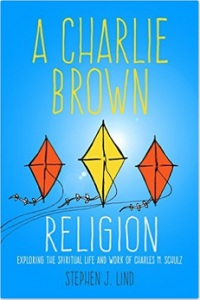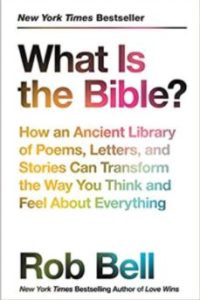 I received a complementary copy of this book for review purposes. The opinions are completely my own based on my experience.
I received a complementary copy of this book for review purposes. The opinions are completely my own based on my experience.
It’s been over 15 years since Charles Schulz published his last Peanuts comic strip. The popular series, which ran for almost 50 years, has enjoyed a resurgence this year thanks to the recently released Peanuts Movie, featuring Charlie Brown, Lucy, and the gang in 3-D. Now a new book explores the motives of the creator of Peanuts: A Charlie Brown Religion: Exploring the Spiritual Life and Work of Charles M. Schulz by Stephen Lind.
I always thought of Peanuts as a cute kids comic strip. A Charlie Brown Religion reveals that Peanuts was more than that. In his comic strip Charles Schulz, a deeply religious man, often revealed his current spiritual state. It all started with the popular 1965 television program: A Charlie Brown Christmas. The special featured the Peanuts character Linus reading a Bible passage to tell Charlie Brown the real meaning of Christmas. TV executives weren’t sure how the special would be received. “Whether or not the enterprise survived would be left to the American public – a public that studio executives, like most in their industry, feared would reject the explicit religious message,” writes Lind.
It would appear that Charles Schulz was destined to be a hero to the nation’s fundamentalist Christians after the high ratings A Charlie Brown Christmas earned. Not so fast. I liked how Lind shows the conflicts Schulz struggled with in his own faith, and how that was reflected in Peanuts. Lind reveals the spiritual bent of the comic in this exchange: “Santa Claus is twice the man the Great Pumpkin is!” Lucy shouts at Linus in a daily strip. “You’re crazy!” Linus says. As they continue back and forth a helpless Charlie Brown comments, “I’m always disturbed by denominational squabbling.” This strip reflected Schulz’s own aversion to theological arguments within the church. “Schulz felt strongly about such divisions in churches, lamenting that competition and exclusion were taking way from the call to love one’s neighbor,” Lind writes.
In another Great Pumpkin strip, the Peanuts character Peppermint Patty is distraught over being told they were in the last days. This was consistent with Schulz’s own distaste for those churches that emphasized prophesy. “I think this is irresponsible preaching and very dangerous,” Lind quotes Schulz, “and especially when it is slanted towards children. I think it is totally irresponsible, because I see nothing biblical that points up to our being in the last days, and I just think it’s an outrageous thing do do, and a lot of people are making a living – they’ve been making a living for 2000 years – preaching that we’re in the last days.”
I liked how Lind used writings and speeches of Schulz, and examples of numerous Peanuts comic strips, to show the changing spiritual perspective of this popular cartoonist. “Charles Schulz has been labeled a fundamentalist Christian and an atheist. Such explanations are not only incorrect, they are too simple,” Lind writes. “Charles Schulz’s life was rich, and his faith in the mysteries of God was personal. He, like any artist (like any human), was a multifaceted, complex person. His spiritual beliefs were no different.”



